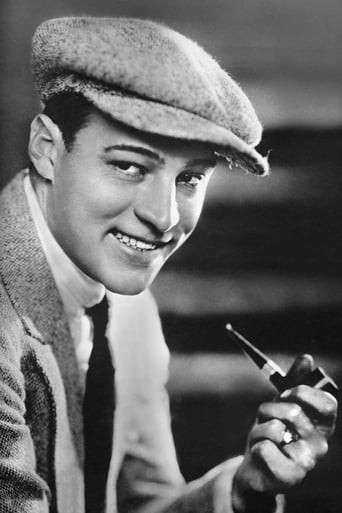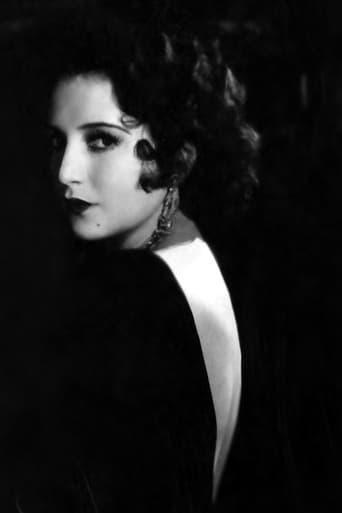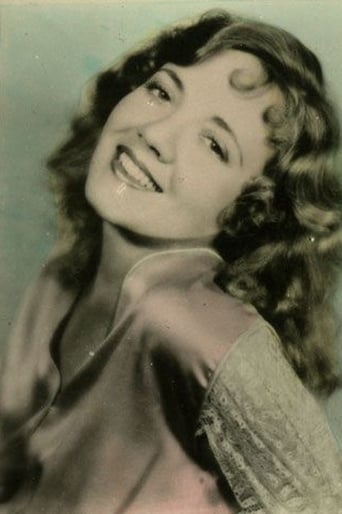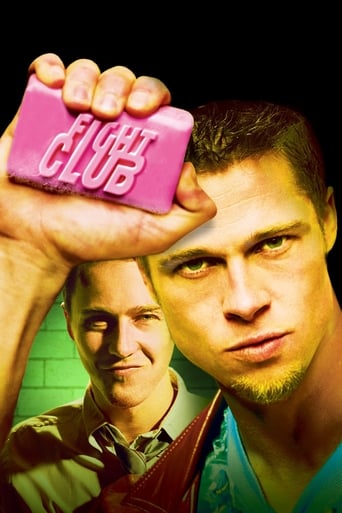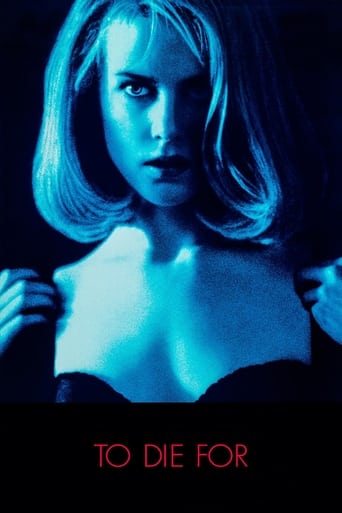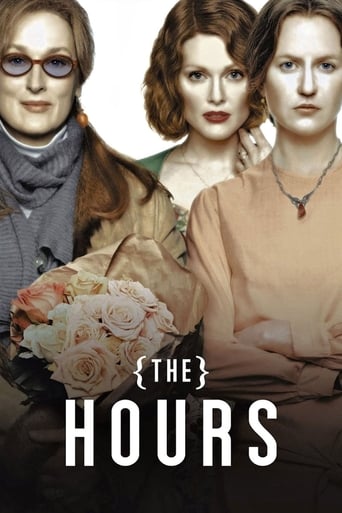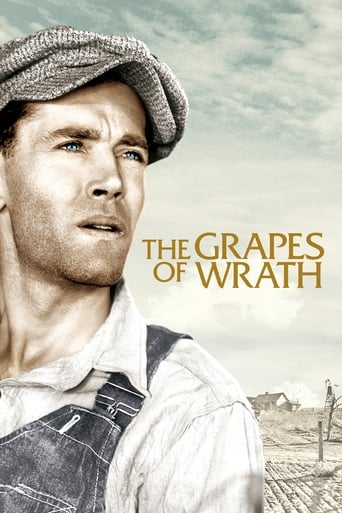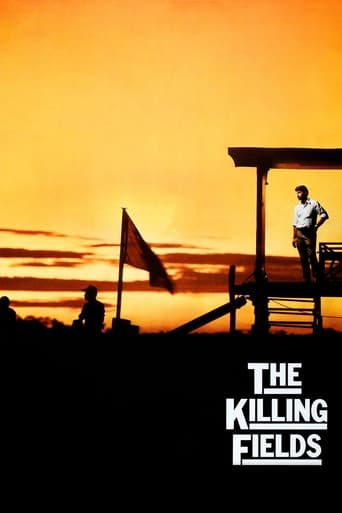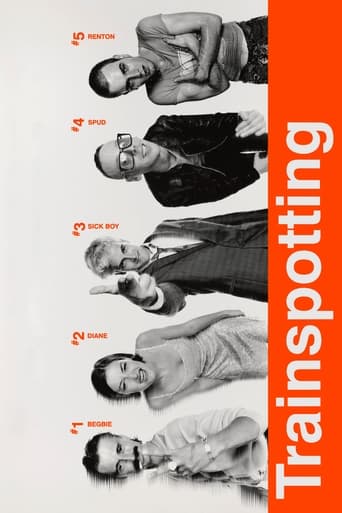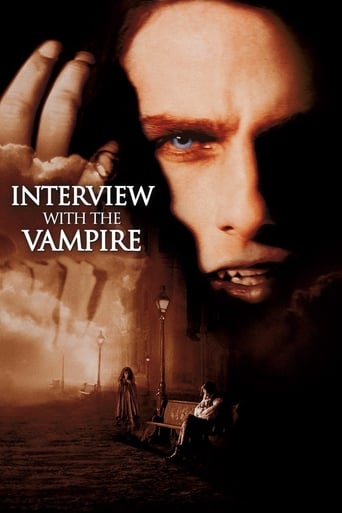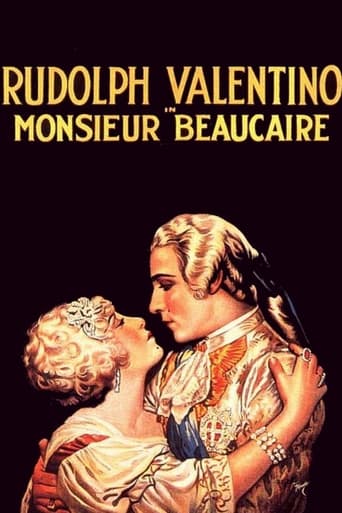
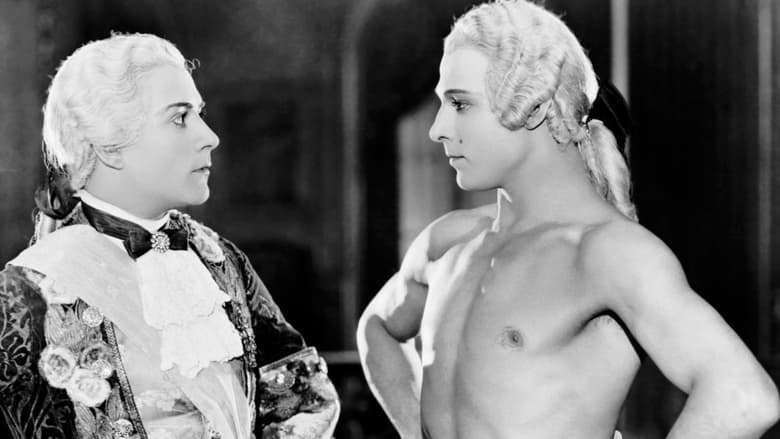
Monsieur Beaucaire (1924)
The Duke of Chartres is in love with Princess Henriette, but she seemingly wants nothing to do with him. Eventually he grows tired of her insults and flees to England when Louis XV insists that the two marry. He goes undercover as Monsieur Beaucaire, the barber of the French Ambassador, and finds that he enjoys the freedom of a commoner’s life. After catching the Duke of Winterset cheating at cards, he forces him to introduce him as a nobleman to Lady Mary, with whom he has become infatuated. When Lady Mary is led to believe that the Duke of Chartres is merely a barber she loses interest in him. She eventually learns that he is a nobleman after all and tries to win him back, but the Duke of Chartres opts to return to France and Princess Henriette who now returns his affection.
Watch Trailer
Cast


Similar titles
Reviews
Truly Dreadful Film
I wanted to like it more than I actually did... But much of the humor totally escaped me and I walked out only mildly impressed.
Ok... Let's be honest. It cannot be the best movie but is quite enjoyable. The movie has the potential to develop a great plot for future movies
It really made me laugh, but for some moments I was tearing up because I could relate so much.
From the looks of it you'd think that this film was based on a story by a European playwright of the 18th century, the place and time of its setting, but in fact 'Monsieur Beaucaire' started life as a popular American novel of 1900, written by the Indianapolis-born author Booth Tarkington. The plot was entirely a product of the author's imagination (though some of the characters were based on real-life counterparts), while the milieu of the French royals and their aristocratic courtiers was the product of authorial research. Costume pictures were in vogue in the Hollywood of the mid-1920s, and the ultra-lavish court of King Louis XV offered splendid opportunities for studio costume and scenic designers. Paramount obviously didn't stint on the budget of this sumptuous film version, but the movie was costly in another sense of the word: leading man Rudolph Valentino took a lot of flak, even ridicule, over this project, and it's said that it caused his reputation lasting damage. Why? Largely because the publicity photos and posters that display him dressed as the Duke of Chartres, the "Prince of the Blood" he portrays—complete with knee breeches, lace ruffles, satin jacket, and powdered wig—make him look like a fop, and those critics and columnists who disliked him in the first place took this opportunity to cast aspersions on his masculinity. It was an ugly and unfair charge, but the most effective refutation can be found in the star's performance in the movie itself: the finery worn by the French nobility of this period was ornate and theatrical, but Rudy wears his outfits with a natural, casual elegance, with dignity and a touch of humor. In short, he does NOT come off as a fop! (No one gave John Barrymore a hard time when he dolled himself up to play Beau Brummel the same year, but then, Barrymore's sexuality was never in doubt, while there was always a hint of mystery concerning Valentino's private life that drew hostility from some quarters.) The problem with this movie isn't Valentino's performance and it certainly isn't his wardrobe, it's the antiquated directorial technique on display; that is, technique that was already antiquated when the film was made.Director Sidney Olcott was a film pioneer whose directing career dated back to 1907. His best remembered work is From the Manger to the Cross, a film on the life of Christ which was produced in Palestine in 1912 near the original locations. That early feature survives and holds up remarkably well today, but it appears that by the mid-1920s Olcott's cinematic skill was falling behind that of more innovative directors. Unfortunately, Monsieur Beaucaire looks stodgy and old-fashioned compared to concurrent works by rising talents such as Ernst Lubitsch. (Lubitsch had already demonstrated by this time that costume pictures can be stylish, sexy and fun.) Olcott makes a rather half-hearted attempt to be 'modern' in his staging of the first sword-fight sequence, when he limits the camera's viewpoint to a bystander's facial reaction while showing only the tips of the fighter's swords in the foreground, but the effect is gimmicky and unsatisfying: we don't want tricky camera angles, we want to see what's happening! The second fight sequence is a considerable improvement, and also reveals that, fancy duds notwithstanding, Valentino could handle swordplay. During this second sequence Olcott breaks down the fourth wall for a moment as Rudy lunges directly at the camera. Otherwise, however, the directorial approach is uninspired.Perhaps the biggest problem here is clutter: there are too many title cards, the cards themselves are too wordy, and too many supporting characters are introduced who have little or nothing to do with the central plot. For all the unnecessary embellishments the story is a fairly straightforward one: Valentino is the Duke of Chartres, a member of the King's court and a royal favorite. He's interested in Princess Henriette (Bebe Daniels), but she's put off by his reputation and his closeness to the King's mistress. After defying a direct order from the King to marry Henriette, the Duke finds it expedient to flee the court for England. In Bath he assumes the identity of a humble barber. He becomes intrigued with Lady Mary, the Belle of Bath (Doris Kenyon), but she's put off by his lowly status. (It's always something!) Eventually, he returns to the French court and to Henriette, newly appreciative that she loves him for himself. That's the gist of it, but the screenwriters who adapted Tarkington's novel failed to streamline the story for the requirements of silent cinema, and Olcott lacked Lubitsch's facility for conveying plot points with witty visual ideas. The first section in the French court is especially draggy, but the tempo improves once Rudy reaches England and assumes his barber disguise. Eventually the story becomes more engaging, but over all the film falls short of the cinematic treat it could have been.Valentino carries the proceedings with his undeniable charisma, but the numerous supporting players have little to do except pose in their fancy costumes; even such estimable talents as Bebe Daniels and Lowell Sherman are reduced to brief moments, while other characters register only as dress extras. It's a particular shame that Bebe's character is so relentlessly serious, since she had such a gift for comedy, and more humor would have given this production a boost. Monsieur Beaucaire has never had a very high reputation among silent film buffs, in part perhaps because it compares poorly to the two costume dramas Rudy made in the last year of his life, The Eagle and The Son of the Shiek, both of which were crafted with so much more flair and playful humor. Interestingly, when Monsieur Beaucaire itself was remade in the 1940s it was reworked as an outright comedy, and Valentino's role was assigned to the most unlikely successor imaginable: Bob Hope!
This period story is realistic in its courtly manners, affectations, and bizarre make up. Like it or not, that's the way it was. All the men look like fops, but hopefully we do not believe all men in those days were ladylike!! Let us give Rudolph Valentino the praise he deserves in making a difficult role believable. He did an admirable job, and it had to have been uncomfortable and a worry-some role to play given the constant attacks on his masculinity. It took guts. He seemed to be playing some scenes "tougue in cheek" and he smiled throughout. The settings are wonderful, but the story seems bogged down.Certainly the director could have led the story/play by Booth Tarkington through better contrived scenes where the actors portrayed more interesting situations. Often, they stood in position as if asking "What comes next" They may have well just butted their heads together. It was out of whack in a way hard to describe.Might another director pulled it off? Maybe. Nazamova knew how to weave a story before your eyes. (I am thinking of Camille) I feel the male actors held up their end of the action. The women were insipid. Valentino was very good. Three cheers, he brought it off. I liked the movie despite my criticism.
Everyone involved had very high expectations for this filmin particular it was hoped that it would allow Valentino to rise above his pulpy success in melodramas such as The Sheik and be regarded as a serious actor. Sadly, however, today Monsieur Beaucaire is largely remembered as an ill conceived project that helped to ruin Valentino's marriage (he and his wife saw themselves as artistic collaborators, but unfairly or not almost everyone else on the set saw her as a meddling nuisance) and nearly wrecked his career. This is also the role that supposedly confirms Valentino's so-called effeminacy, a charge that seems unjustmany critics seem to overlook, perhaps deliberately, that although Valentino as Chartes does wear a lot of brocade, lace and face paint at times (quite in keeping with the eighteenth century, aristocratic setting), he spends a large portion of the film rejecting this dandified personaas in "Moran of the Lady Letty" he affirms that he is at his happiest when he has left behind his upper class milieu and is allowed be a regular Joe (a barber in this case). Valentino or the scriptwriter also has enough of a sense of humour to apparently spoof his off screen image as a great lover; as a droll title card points out, one of the advantages of being a common barber is that no one expects you to make love to her. Monsieur Beaucaire in fact allows Valentino many opportunities to display his flair for comedy, particularly in the middle part of the film when he can't wait for his first duel.That said, it can't be denied that much of the film, particularly the beginning, is slow moving and static: sumptuous costumes and sets seem to have replaced dramatic action (The Sheik may have been inauthentic and schlocky, but at least it moved). I believe the film also suffers from its lack of a strong, or at least charismatic and likable leading lady for Valentino to spar with and courta serious flaw in a romance. Princess Henriette (Bebe Daniels has been far more appealing elsewhere) and Lady Mary are virtually indistinguishable: spoiled and sullen, they recall the upper class fiancé Valentino was only too happy to be rid of in "Moran of the Lady Letty" far more than the memorable female leads of "The Four Horsemen of the Apocalypse," "Blood and Sand," "The Eagle" and the sheik movies.Not an unmitigated disaster by any means, but Valentino has certainly done better work elsewhere.
Rarely in cinema history has a film provided as much controlled energy as this Rudolph Valentino vehicle, based upon what is probably Booth Tarkington's weakest novel, proving its superiority to most silent works of its time owing to a virtually flawless and lavish production and an intelligent and very witty screenplay. Valentino sings (on the sound track), he dances, he duels, he romances, in this the apogee of his comedic period, and proves to be an authentic cinematic force to conjure with, ably supported throughout the proceedings by an excellent cast and a production department which outdoes itself. The sharp cinematographic landscape presented by director Sidney Olcutt of court intrigue and mores in mid-18th century Paris, London and Bath presents a pleasant flavour of a period when good taste and etiquette overwhelmed the dolors which emerged from the conflicts periodically savaging both France and England.


